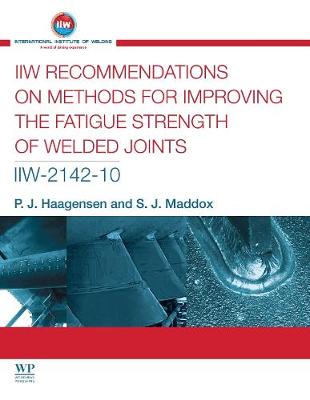Woodhead Publishing Series in Welding and Other Joining Technologies
2 total works
Extensive research conducted over the years on the fatigue behavior of welded structures has brought a greater understanding to the design methods that can be employed to reduce premature or progressive fatigue cracking. By discussing essential design rules, this book highlights the need for a design approach that incorporates an understanding of the fatigue problem and effects of welding. Specific recommendations for the design of welded joints in components or structures are discussed, as is an account of the application of fracture mechanics to fatigue, providing useful information to engineers involved in the design or assessment of welded joints. This latest edition of Fatigue Strength of Welded Structures has been revised to take into account recent advances in technology providing a practical approach with up-to-date design rules.
IIW Recommendations On Methods for Improving the Fatigue Strength of Welded Joints
by P J Haagensen and S J Maddox
Published 25 January 2013
The weld toe is a primary source of fatigue cracking because of the severity of the stress concentration it produces. Weld toe improvement can increase the fatigue strength of new structures significantly. It can also be used to repair or upgrade existing structures. However, in practice there have been wide variations in the actual improvements in fatigue strength achieved. Based on an extensive testing programme organised by the IIW, this report reviews the main methods for weld toe improvement to increase fatigue strength: burr grinding, TIG dressing and hammer and needle peening. The report provides specifications for the practical use of each method, including equipment, weld preparation and operation. It also offers guidance on inspection, quality control and training as well as assessments of fatigue strength and thickness effects possible with each technique. IIW recommendations on methods for improving the fatigue strength of welded joints will allow a more consistent use of these methods and more predictable increases in fatigue strength.

